Testimonials
Fantastic birding spot
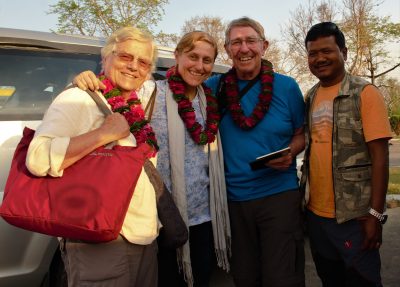
We had an amazing 9 days birding round the National parks of Chitwan and Bardiya. Our expectations for this tour were high and they were certainly lived up to, indeed they were more definitely exceeded! The aim was to try and find a good range of endemic birds. We certainly did! A highlight was the […]
Read More...Heavenly Eco and Friendly
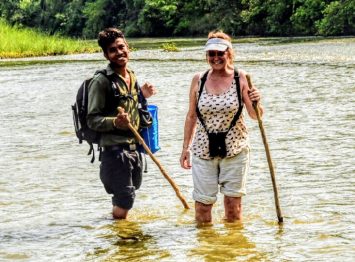
This charming resort is NOT your average camp but more a garden bungalow retreat! Prem (jack of all trades) is backed by a fantastically enthusiastic hard working team of mostly local village assistants. With just 4 semi’s of thatched roof bungalows set in a flower bedded shaded garden, it is the perfect relaxed venue to […]
Read More...Personalised Trip
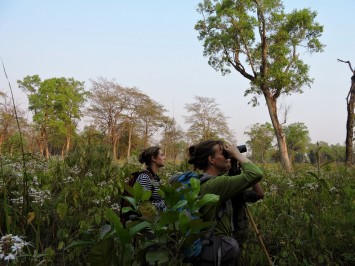
Namaste! When we started planning our trip to Nepal and we came upon Nepal Birding Holidays little did we know that we struck gold and we’re about to have one of the best wildlife experience we ever had. As a small team of three professional biologist from Romania (one ornithologist and two botanists) our main […]
Read More...Belle Bardia
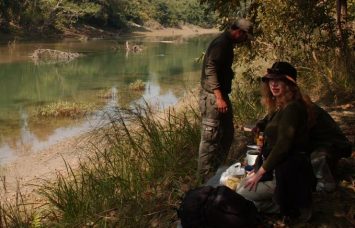
J’ai découvert le Sud du Népal et la région de Bardia en février 2015, au cours d’un séjour de 10 jours à Samsara Safari. Cet endroit est tellement paisible… on déconnecte complètement. Le camp est confortable, bien fleuri, et les repas sont très savoureux. Bravo Santa ! Les journées dans la jungle, à pied ou […]
Read More...L’ambiance Joyeuse
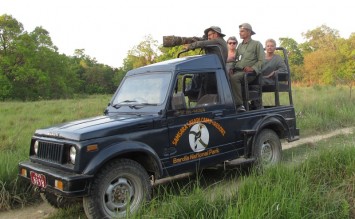
Nous sommes allés à Bardia pour la quatrième fois en avril 2015 où nous avons retrouvé nos amis Santa et Raju. Samsara Safari Camp est une petite sructure familiale, l’accueil y est très chaleureux, l’ambiance joyeuse et détendue. Quel plaisir de rentrer au lodge chaque soir! Santa et Raju organisent des sorties en jungle à […]
Read More...Happy Birding Holidays
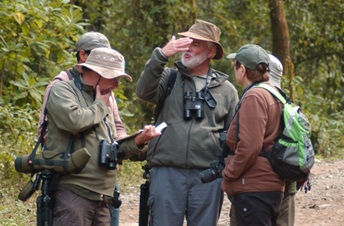
We travelled to Nepal in Nov 2014 to do the Terai birding tour. The tour was ably organised by Prem who responded to our many queries clearly and accurately. The Tour was led by Raj who met us at the airport despite the plane being 5hrs late due to visibility problems, he took us to […]
Read More...Nepal Birding Trek Safari
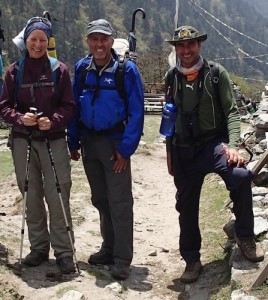
Prem organized a wonderful holiday birdwatching and trekking with Bishnu (Raj) as our guide in April 2013. Bishnu took us to Chitwan and organized a superb trip where everything was expertly looked after. We were delighted to see over 220 species of birds, many insects, reptiles and other animals including several White Rhinoceros and Crocodiles. […]
Read More...Nepal Birding Adventure
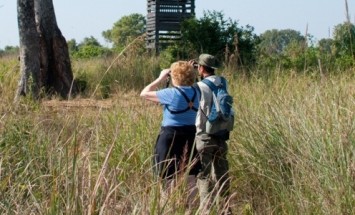
In Nov / Dec of 2013, we arranged a 14 day birding adventure through Prem of Nepal Bird Guide. The trip was very well organized and, with Bishnu as our guide, it was an extremely enjoyable experience. We visited Bardia, Lumbini (birth place of Buddha), Chitwan, Pokhara and some areas in the Kathmandu Valley. Our […]
Read More...


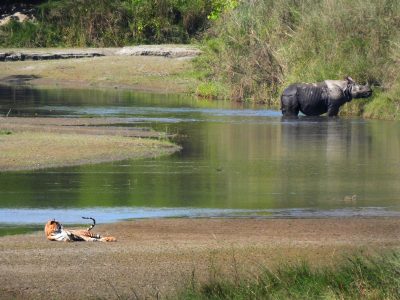
Leave a Reply